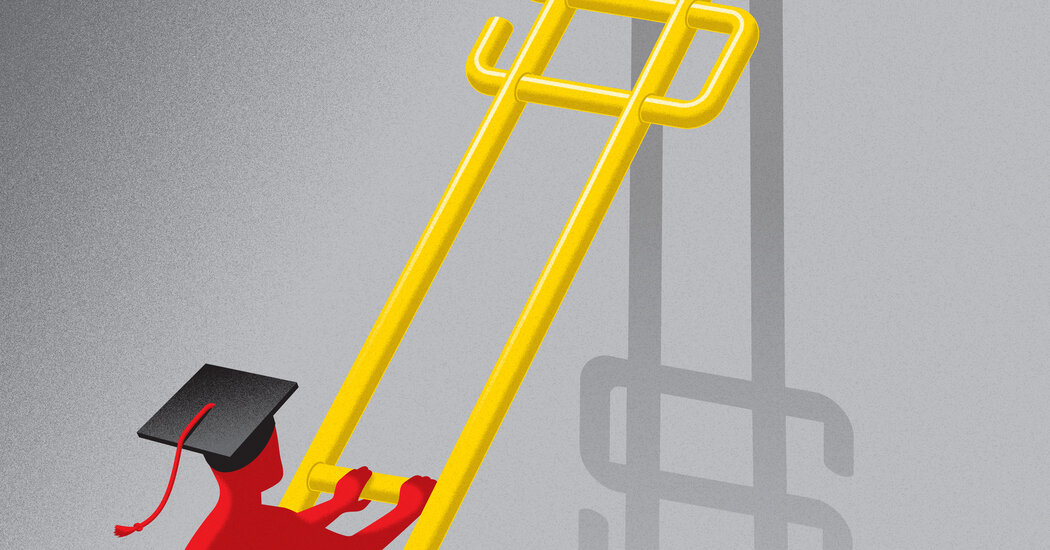If you are filing tax returns, “the government already has your financial information,” she added. “It’s really difficult to understand the rationale.”
Here are some questions and answers about the FAFSA and college financial aid:
What states have universal FAFSA policies?
In addition to Louisiana, where the policy remains in place for this year’s graduating class, at least six other states have a requirement tied to graduation: Illinois, Alabama, Texas, California, Indiana and New Hampshire, according to the attainment network. Four states — Connecticut, Nebraska, New Jersey and Oklahoma — plan to require it starting with the class of 2025, and Kansas is scheduled to begin a requirement in 2028.
In New York, the budget just approved by the Legislature includes a plan to require school districts to make sure all students complete federal or state financial aid forms, or sign a waiver stating that they are “aware of available aid but choose not to pursue it,” according to a news release from Gov. Kathy Hochul’s office. (School districts will enforce the rule. If students do not fill out the application or opt out, they will still be able to graduate.) The policy takes effect in August, for the class of 2025.
What about financial aid packages this year for graduating high school seniors?
Because of the botched FAFSA update, many students and families are still waiting for official financial aid offers, even as the traditional May 1 deadline for committing to a college approaches. A survey of members of the National Association of Student Financial Aid Administrators this month suggested that fewer than half of colleges had sent out aid offers to some or all accepted students, and that 44 percent had not begun packaging offers at all. Some schools have extended their commitment deadlines to give students time to review offers.
How much does it cost to attend college?
The turmoil around the FAFSA comes amid growing concern about student debt and the cost of attending college. The average published, or “sticker,” price for tuition, fees, housing and meals at a four-year private college was $56,190 for the 2023-24 school year, compared with about $24,000 for an in-state student at a public college, according to the College Board. The published cost of a year at some private colleges is soon to reach $100,000, although most students don’t pay full price because of financial aid and discounts.




